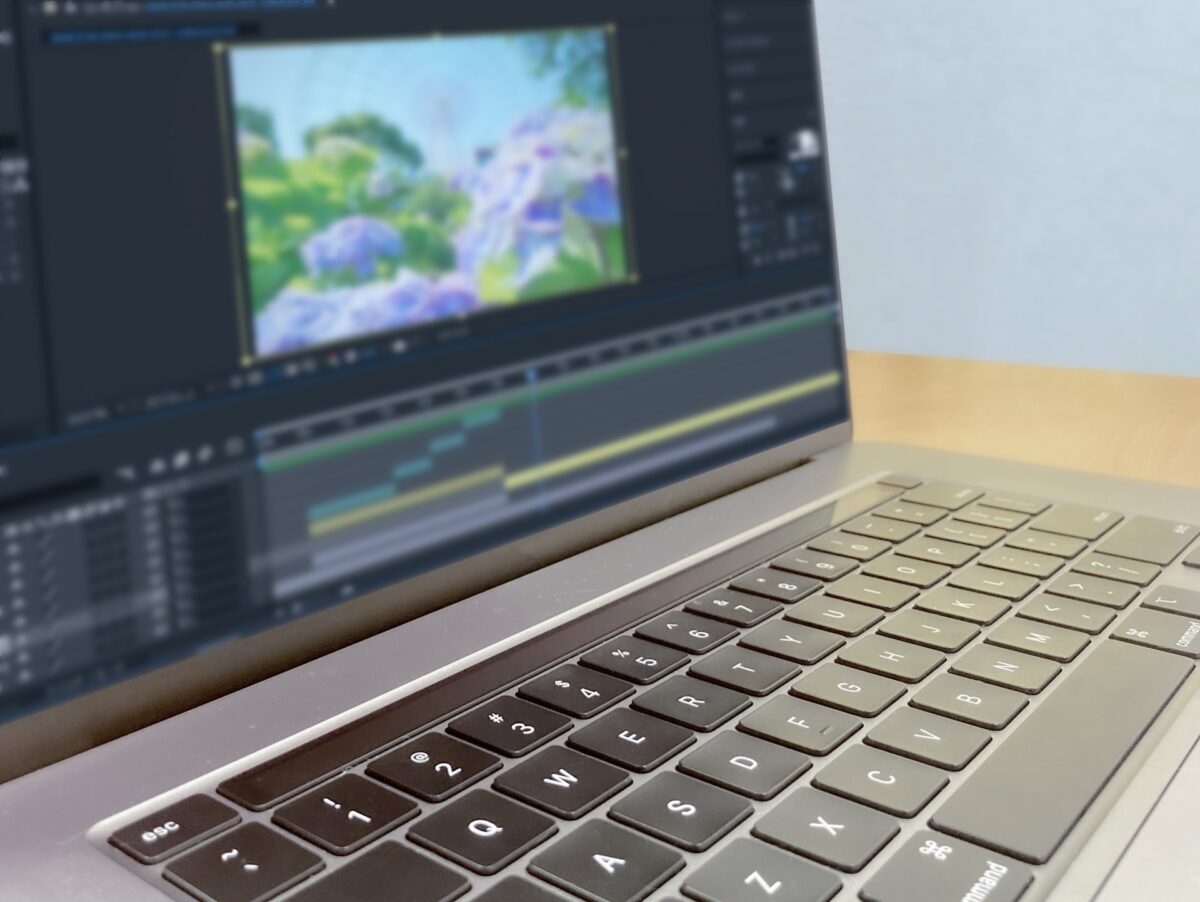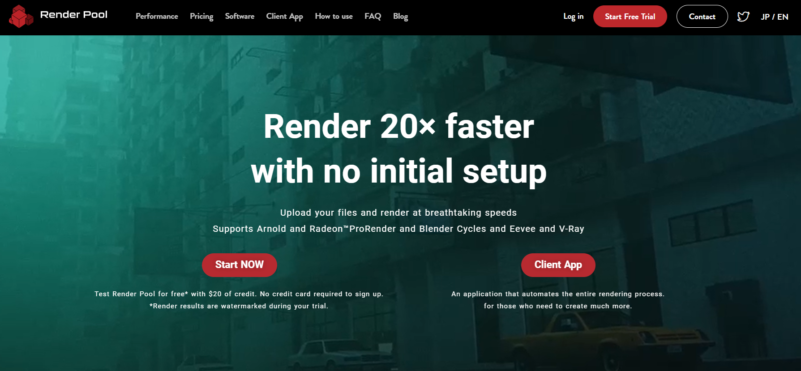
Cloud Rendering Farm Guide: Faster 3D Workflows for Artists
Rendering complex 3D projects on a personal computer can often be a slow and resource-intensive process. Hours may pass as a single scene renders, taxing both hardware and patience. Cloud rendering farms offer a solution by providing access to high-performance computing resources that can dramatically accelerate workflows. By distributing rendering tasks across multiple remote machines, artists can achieve faster results while maintaining complete creative control.
Keep reading to discover how cloud rendering farms work, why they’re game-changing for 3D artists, and how they can make your next project faster and more efficient.
What Is a Cloud Rendering Farm?
A cloud rendering farm is a network of high-performance computers, or nodes, that operate remotely via the internet. Rather than relying on a single workstation to process all rendering tasks, a cloud rendering farm distributes workloads across multiple systems simultaneously. This approach enables artists to handle complex projects more efficiently, whether using Blender, Maya, 3ds Max, or other 3D software.
By leveraging cloud rendering, artists gain significant advantages in both speed and flexibility. Large-scale projects, such as high-resolution animations or intricate visual effects, can be processed in a fraction of the time required by a local setup. The result is a more efficient workflow that allows artists to focus on creativity rather than waiting for renders to complete.
How Cloud Rendering Works
The process of using a cloud rendering farm is straightforward. After preparing a project with all textures, assets, and settings correctly linked, the files are uploaded to the cloud service. Most platforms provide tools to package projects efficiently, ensuring that all necessary data is included.
Once uploaded, the user sets render parameters such as resolution, frame range, render engine, samples, and output format. The cloud rendering farm then divides the project across multiple nodes, each responsible for processing a portion of the frames. When rendering is complete, the results are compiled and made available for download.
This system allows complex animations to be processed in hours rather than days. By distributing the workload across multiple high-performance machines, cloud rendering farms optimize both speed and efficiency, enabling artists to meet tight deadlines without compromising quality.
The Advantages of Distributed Computing
Cloud rendering farms provide multiple advantages that enhance efficiency, flexibility, and creative potential for artists.
Reduced Render Time
The primary benefit of cloud rendering is the significant reduction in render time. Large-scale projects that might otherwise monopolize a personal workstation can now be completed more quickly, allowing for faster iteration and improved workflow efficiency.
Scalability and Flexibility
Cloud rendering also offers scalability. Artists and studios can adjust computing resources based on project requirements, from small scenes to fully animated sequences. This flexibility reduces the need for costly hardware investments while providing access to computing power that would otherwise be unavailable.
Reduced Technical Risks
Additionally, cloud rendering minimizes technical risks associated with local rendering, such as overheating hardware or software crashes. By transferring the processing load to a dedicated cloud infrastructure, artists can work with greater confidence and focus on creative aspects of their projects.
Greater Experimentation
Cloud rendering also opens up more room for experimentation. With long render times no longer a constraint, artists can try new lighting setups, increase sampling rates, add finer detail, or explore effects that would otherwise be avoided due to time costs. For teams, cloud rendering facilitates collaboration. Multiple artists can render different scenes simultaneously and share results instantly. Workflows that once required significant infrastructure investment are now accessible to smaller studios, freelancers, and independent creators.
Considerations for Cloud Rendering Farms
However, there are some considerations to keep in mind when using a cloud rendering farm.
Cost
Cost remains a factor. While generally less expensive than buying and maintaining high-end workstations, extended or complex projects can rack up significant fees. Most services provide cost estimation tools to help avoid unexpected expenses.
Internet Connectivity
Internet connectivity is also critical, as uploading large project files, especially those containing high-resolution textures or simulations, can take time. After uploading, the rendering process runs smoothly, though the initial preparation and file transfer still depend on a stable internet connection.
Project Setup
Finally, initial setup may require some trial and error. Bundling assets and textures correctly is essential to ensure smooth rendering, but this process becomes routine after one or two projects.
The Role of Render Pool in Cloud Rendering

Render Pool is a cloud rendering platform designed to make distributed rendering accessible and efficient for any artist. It supports multiple 3D applications, including Blender, Autodesk Arnold, Chaos V-Ray, and AMD Radeon ProRender. It’s also optimized for Blender’s GPU rendering engine, Cycles.
The platform emphasizes simplicity and reliability. Users can upload projects, configure render settings, and initiate rendering without needing detailed knowledge of server management or distributed computing. At the same time, the underlying infrastructure ensures high-performance results, delivering both speed and quality.
By integrating advanced cloud computing technologies, Render Pool enables artists to handle complex projects efficiently while maintaining control over every aspect of the rendering process.
The Future of 3D Creation with Cloud Rendering Farms
The technology behind cloud rendering farms is evolving fast. With better GPUs, faster storage, and more innovative distribution systems, render times are dropping dramatically. Some companies are even experimenting with AI-assisted rendering, using machine learning to predict and optimize light paths, drastically reducing render time without sacrificing quality.
Blender, Unreal Engine, and other major tools are all moving toward deeper cloud integration. It’s clear that the future of 3D creation isn’t tied to local machines; it’s happening online. The goal is simple: make rendering so fast and seamless that it stops being something artists need to think about.
That’s what makes cloud rendering farms like Render Pool so exciting. They’re not just offering the power of the cloud, they’re reshaping how artists think about rendering altogether. The idea that near-unlimited computing power can be accessed from anywhere, without owning it, is revolutionary. It gives creators of all levels a fair shot at producing professional-quality work.
Try Render Pool to experience the speed, flexibility, and creative freedom of cloud rendering for yourself.